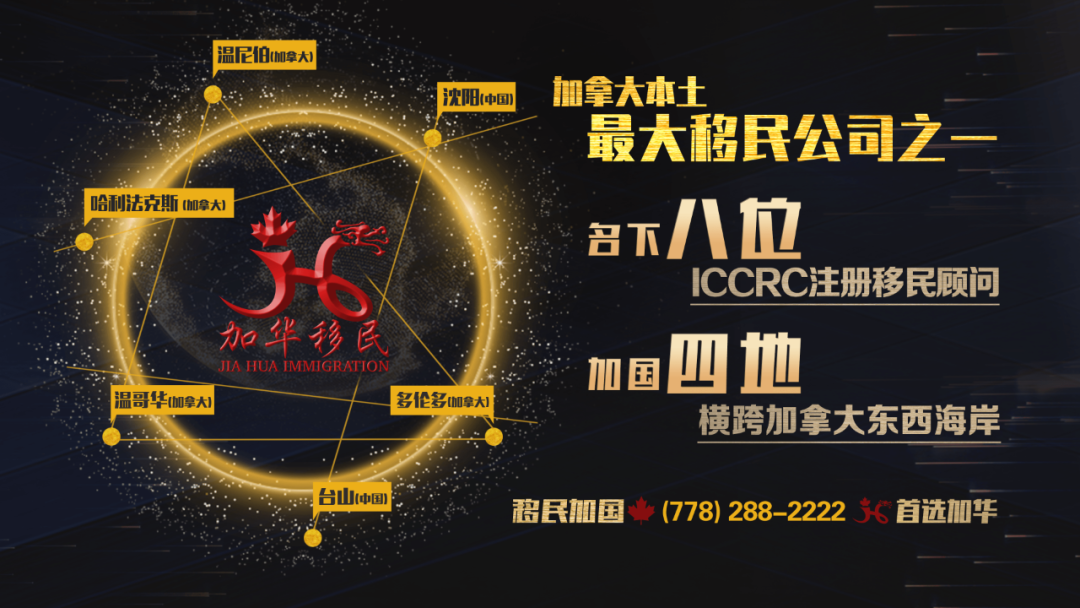What Is The Difference Between Immigrating To Canada’s Maple Leaf Card And Naturalization? Methods And BC Province Requirements Introduction
What Is The Difference Between Immigrating To Canada’s Maple Leaf Card And Naturalization? Methods And BC Province Requirements Introduction
There are many ways to obtain permanent residence status in Canada. Now many people prefer employer guarantee programs, which need to meet the requirements of scoring and employer. The many projects that are selected include BC employer guarantee, Saskatchewan employer guarantee, etc.
Canada, a place that is both livable and suitable for work, has numerous immigration programs that attract a large number of labor every year. By obtaining maple leaf cards, these laborers can enjoy many benefits and integrate into local life more smoothly. However, holding a maple leaf card does not mean that they have been naturalized, and they are not Canadian citizens. So, what is the difference between the maple leaf card obtained by Canadian immigrants and naturalization?
1. Introduction to the methods for obtaining maple leaf card and naturalization
1. How to get the maple leaf card?
There are many ways to obtain permanent resident status in Canada, and many people are currently more inclined to choose employer guarantee plans. Such plans need to meet certain scoring criteria and employer conditions, including a wide range of options, including but not limited to BC Employer Guarantee Program, Saskatchewan Employer Guarantee Program, etc.
To use this method to immigrate, applicants must find a job, covering a wide variety of occupations, including medical care, information technology, engineering and other fields. Different provinces have different qualification requirements for immigration. Some regions have stricter requirements, while others are relatively relaxed.
The employer guarantee program in BC sets the following standards for applicants’ qualifications: they must have a college degree or above, their language ability must reach CLB5 or above, have at least two years of relevant work experience, obtain an employment contract, and meet the minimum score requirements.
Saskatchewan regulations: You must have a high school degree or above, have a language ability of CLB4, have at least one year of work experience, have a score of 60 points or above, and get a job opportunity.
2. How to become naturalized?
First, you must obtain permanent residence qualifications; second, the method of obtaining maple leaf card mentioned above is the way to achieve this goal.
Residents in Canada for a total of three years, and these three years must be completed within the first five years of applying for nationality. Even if you have not yet obtained permanent resident qualification, as long as you hold a temporary status and work and live in Canada, every two consecutive days of residence is equivalent to a day of residence required to be naturalized.
The third step is to meet specific conditions, the keys include paying taxes in accordance with the law and making positive contributions to the Canadian economy; at the same time, passing language ability assessments to ensure that you can successfully integrate into Canada's daily life.
The fourth step is to take the naturalization test, mainly to assess the country's cultural history, etc.
Step 5: Take the oath.
2. What is the difference between permanent residence and naturalization?
Regardless of whether you have a maple leaf card or have obtained Canadian nationality, individuals can live and work in Canada and further their studies, and can enjoy up to 12 years of free compulsory education, free medical services, pensions, unemployment benefits, and milk funds.
Those who hold a maple leaf card are not allowed to apply for a passport, nor are they eligible for voting or being elected. They can only be obtained through naturalization.
3. Some public positions can only be held by citizens who are naturalized.
Having a maple leaf card is not the same as getting a permanent identity, you must ensure that you have lived in Canada for two years within five years, otherwise your identity may be cancelled. Once you are successfully naturalized, there will be no longer any restrictions on residence time.
The following is a detailed introduction to the differences between Canadian immigrants obtaining maple leaf cards and naturalization. If you need to know more, please contact our customer service for consultation.





